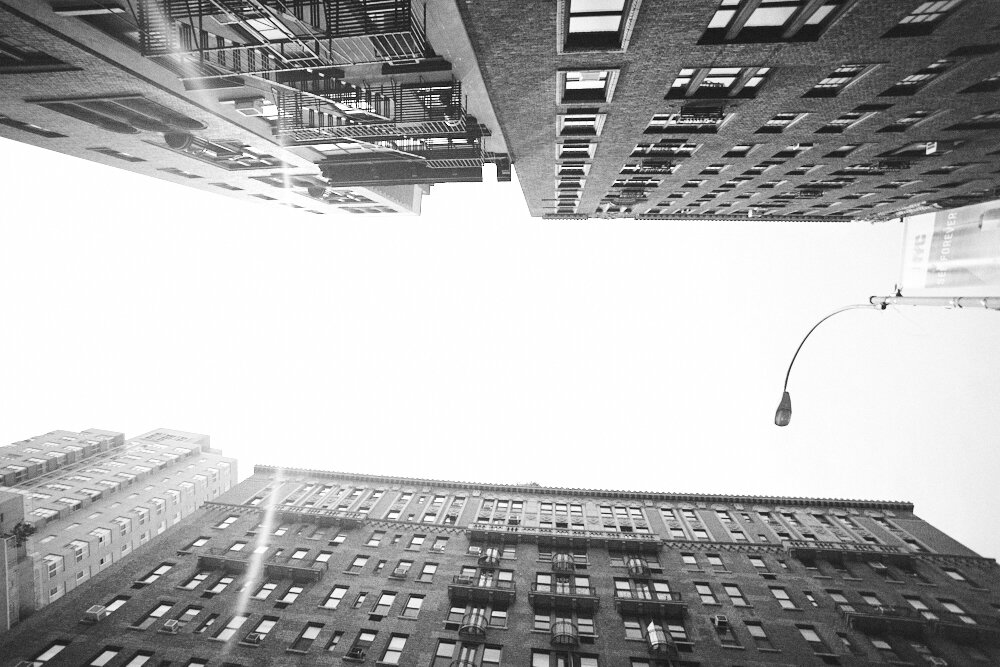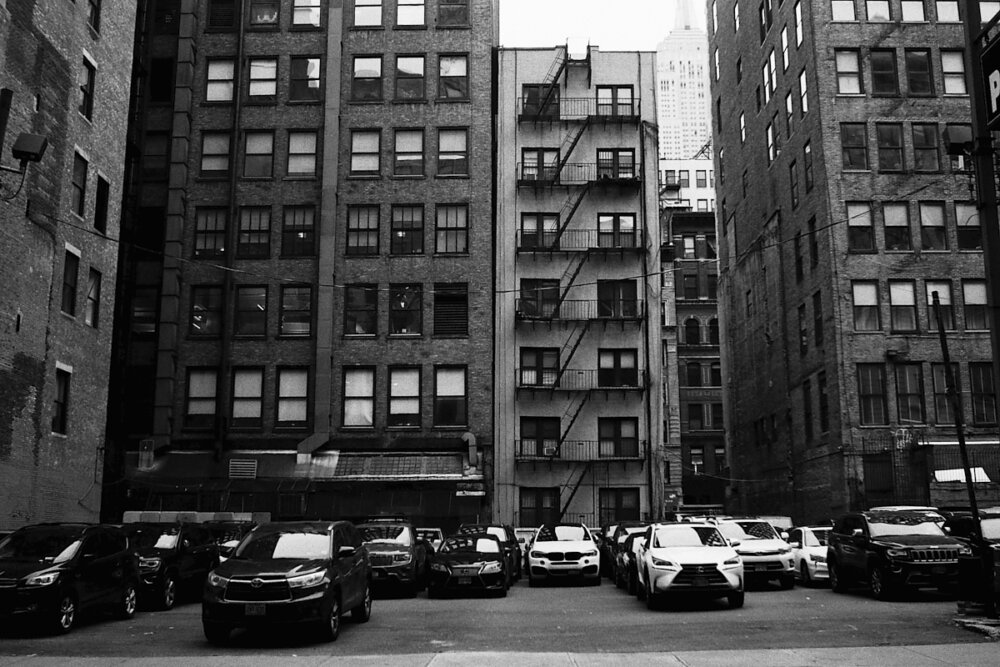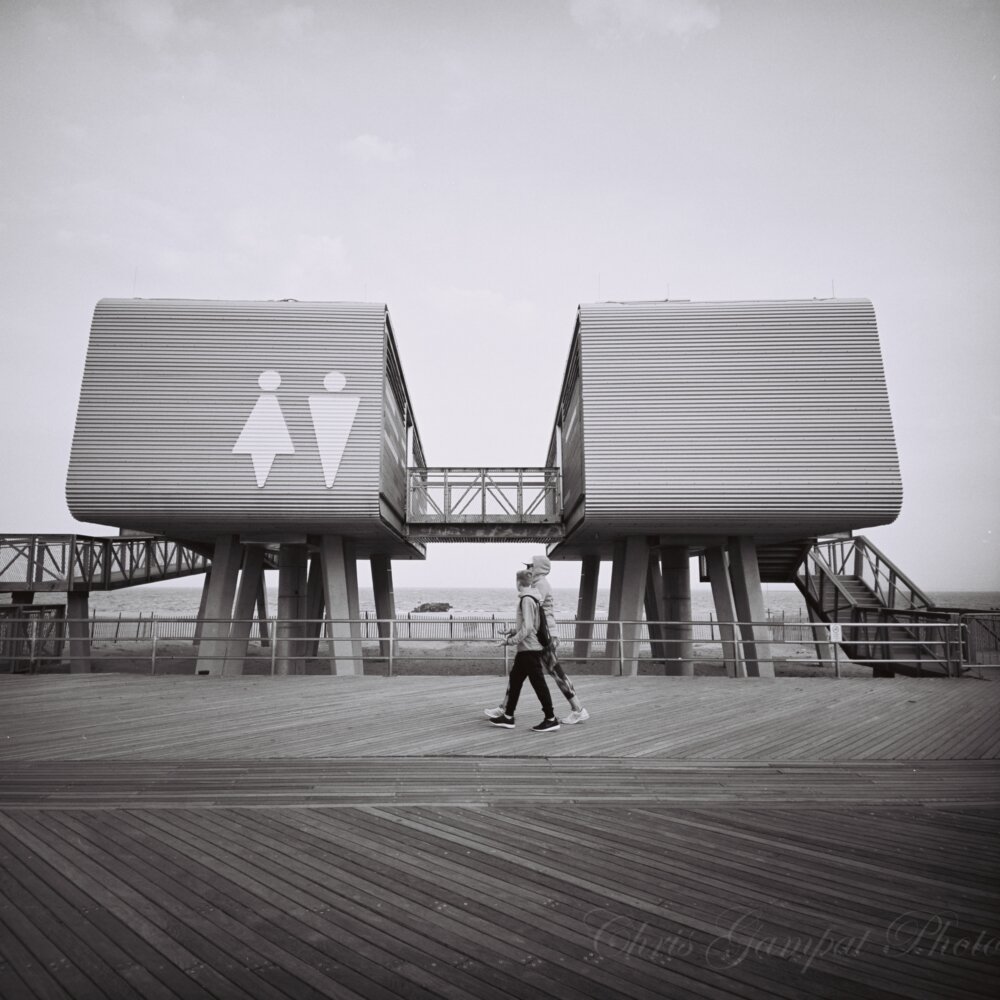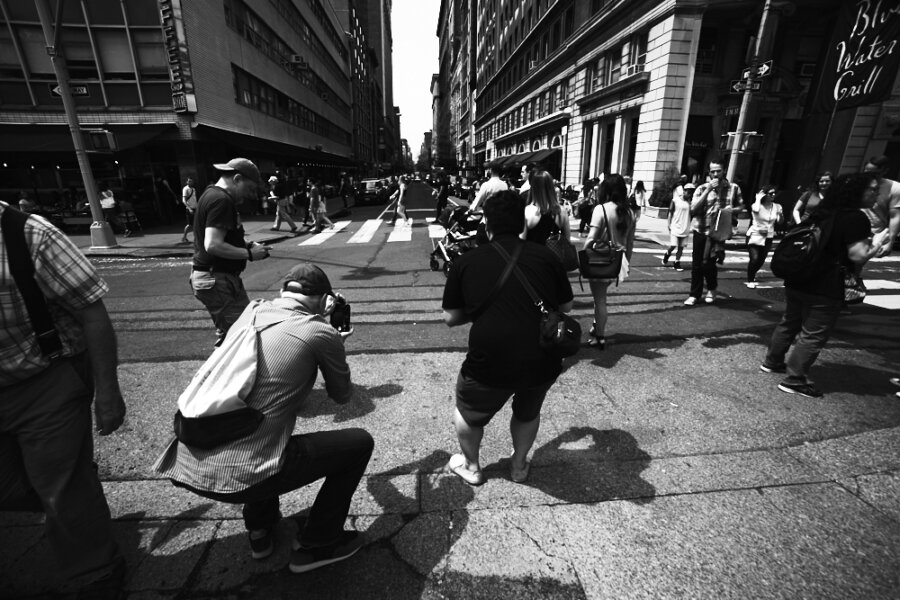How to Get Your Urban Geometry Street Photography Photo Portfolio Published (Premium)
The goal of many street photographers and Urban Geometry photographers is to find venues to publish and share their work. Publishing leads to influence, sponsorships, galleries, sales, licensing, etc. It’s how Urban Geometry and street photographers really can make money–by selling their art. Like anything in the art world, gaining traction in the industry is more about who you know more than what you know. But luckily for the internet, networking has become simpler. So when you want to network, there are easier ways to do it providing that you’ve got yourself all lined up.
Putting Together a Portfolio
Considering that this is a premium article on La Noir Image, I’m going to take the liberty of assuming that you’ve started to put together some sort of portfolio of body of work. But let’s talk about putting it together and refining it. A portfolio as it relates to Urban Geometry should contain a body of your best work. Not your second best, not your “maybe this is my best” your best. You’ll be able to figure this out simply by looking at it.
Part of this has to do with one of the foundations upon which I founded this website. Let’s pretend for a moment, that you are in a meeting with a millionaire. They have decided to give you a one in a million chance to have one of your images purchased and they’ll give you a million dollars for it. But they only have time for you to show them 10 images. So what 10 images from your portfolio would you share with them?

Now seriously, get into that mentality. Stress over it. Every time you pitch yourself you’ve got a one in a million shot at being featured. Let’s go over a few questions to ask yourself:
- Is this photo strong?
- Does it elicit an emotion out of someone?
- Is it a genuinely wonderful moment?
- Can it be edited to become a genuinely wonderful moment?
- Does this have enough resolution to be made into a good print or displayed well on the web? If not, can I upres it to do so?
- How does this look on a screen such as a mobile phone or a tablet?
Now that you’ve done that with 10 images, do it with 20. When you’ve got that 20, repeat the process with those 20. These images should be unique and should represent who you are as a photographer. There should be a common theme holding them altogether and defining who you are as an Urban Geometry photographer.
Putting Together a Profile

Now that you’ve got that nice portfolio set up, you need to find a way to put the product together–which is You. Think of it as a cover letter but instead consider it a bundle statement of some sort about you. Let’s call it your artist statement about you, not necessarily about the portfolio that you’re presenting, that’s going to need it’s own statement. So let’s have you answer some questions. Answer them thoroughly:
- Who are you as a photographer?
- What shaped you as a photographer? Or Who shaped you as a photographer?
- How long have you been shooting?
- How long have you been serious about shooting?
- Why did you get into photography?
- Why did you get into your genre of photography?
- What has recently been inspiring you as a photographer and how have you seen it shape your portfolio?
Does all this sound crazy? In some ways it is, but if you put all this information together, you start to get a better sense of self with your photographic identity. On top of that, you’ll find other ways to make this have mass appeal to others.
Pro tip: Don’t make stuff up. It’s fairly simple to spot that stuff.
Websites
Your Instagram and Facebook pages are cool, but more often than not editors will want to see not only the numbers of followers that you’ve got but also your actual website. No one can put a concrete number on your actual website, and so the numbers are removed and you can focus instead on just the photography. The layout is also much more inclined and designed to work as a photographic portfolio.
Oh yeah, and if you’re doing this on Tumblr, find a way to remove all sorts of interactions. That’s going to be a dead giveaway sometimes. Instead, we recommend using Squarespace or Format for website building and production.

Kodak Tri-X 400
Samples
Here’s an example of a terrible pitch email:
A Different Dubai
Dubai, the ultimate playground of excess, a land of the endless rich. Artificial, but not artistic, built out of nothing. A construct of a luxurious sand metropolis, almost a mistake of nature, excessive material fatigue, a contrasting fascination. A slightly dystopian feeling, the city looks like a sci-fi movie, often empty, too clean and isolated. But in spite of all the madness, somewhere between innumerable sand dunes and monuments, one can find kind, intimate moments and rare scenes of humanity.
Photos (5 attached below)
About me:
Blank works as freelance photographer and designer in Vienna, Austria. He studied graphic design at Central Saint Martins School of Art in London and digital photography in Vienna. His work is focused on timeless visual art. His projects got published in several magazines, blogs and news sites, including The Guardian, the Jewish Museum Vienna, The Nepali Times, and more. Blank was born in 1994 in Austria.
So why is that terrible? Well, you have to think about it from the standpoint of an editor or a journalist, how can they make a story out of such a small amount of information. There’s almost nothing about the project and not a whole lot about the photographer. It’s sort of all over the place. He could have listed some more of the publications where he’s been published before. Plus, why would anyone really want to see a story about Dubai?Here’s an example of a great pitch email:
I’m writing to share with you some information about myself and an some details about black and white portrait project that I’ve been working on for last few months.First a bit about myself:
My mother managed a camera store when I was young. My parents gave me a camera when I was 13. Since 1985 I’ve worked as a black and white and digital photographic lab technician; starting as a teenager in the darkroom of my home town newspaper. For nearly 30 years, I’ve collaborated with my wife; we met in college while studying photography together. Together we run a studio in Vancouver Canada, specializing in commercial portraiture. For the last 8 years I’ve been teaching photography in the professional photography program at The Vancouver Institute of Media Arts (VanArts). In class I show the work of Elliot Erwitt. He’s able to blend humour into street photography in a way unlike anyone else. This past year I was working through survivors guilt and decided to express myself with this series of portraits. Portraits that I’m not sure are mine given how they were executed.
This past April 1st I had an open studio and invited the public to make large format selfies of themselves. The project was an event for the 2017 Capture Photography Festival in Vancouver called “Photographer Assisted Selfies”. I set up a Cambo SC large format 4×5 camera that was fitted with an 8 inch (203mm) f2.9 WWII era British aerial reconnaissance lens. The portraits were lit with a bank of fluorescent lamps that was diffused with a 2 meter x 3 meter tarpaulin. Often with large format lenses, the shutter is built into the lens. In this case, there wasn’t a shutter so I constructed a gravity powered guillotine shutter using plywood, aluminum, a sheet of black polystyrene and a bit of electrical tape. The shutter was held in place with a pin that was connected to a string. The subject was on the other end of the line and was given the control of the timing of the image; the pin could be pulled at the will of the sitter. All other aspects of the project; lighting, film choice and ownership, loading and unloading, film processing, scanning and printing were controlled by myself. Depending on the perspective and interpretation of intent, the copyright of the images could mine or the subjects. I wanted to look at the tasks that we delegate and how that delegation can effect an outcome. If a photographer was unable to activate a trigger due to a physical inability and delegates that task to another, does that other party assume copyright? Is the image no longer a work by the photographer?
I used an opened box of HP5 film that was given to me by a friend. It had been fogged; some sheets worse than others. It could have been up to 40 years old, but I can’t say for sure because the label that had the date on it had been removed from the box.
I processed the film in a homemade developer that I mixed from scratch using a blend of beer, water, vitamin C, washing soda and instant coffee.
On the surface, this project looks at the idea of authorship and copyright. On a deeper level I used the project as a metaphorical look at life; at how the choices and intents that we have are influenced by the acts and choices of others. This project was inspired by the events that revolved around the passing of my father, just over a year ago.
My blog post on it is here: …
The reason why this is a great pitch is because it creates a story. You can do a lot with this as a journalist and if you have follow up questions, you can simply ask. I’ve used similar techniques to pitch CreativeBoom.That’s it; that’s everything that you need to make a better pitch for a photo project like yours. Now get to it.
